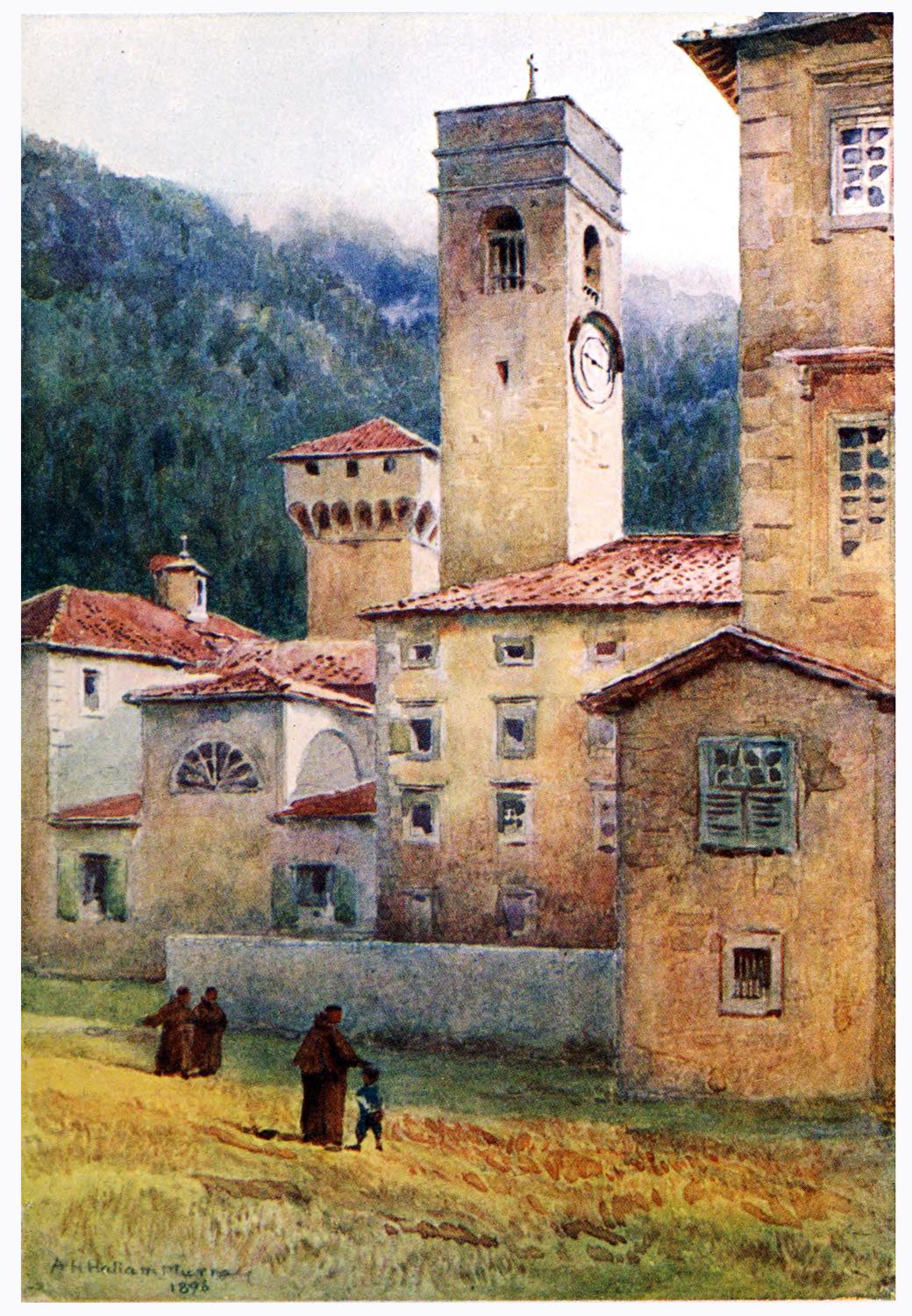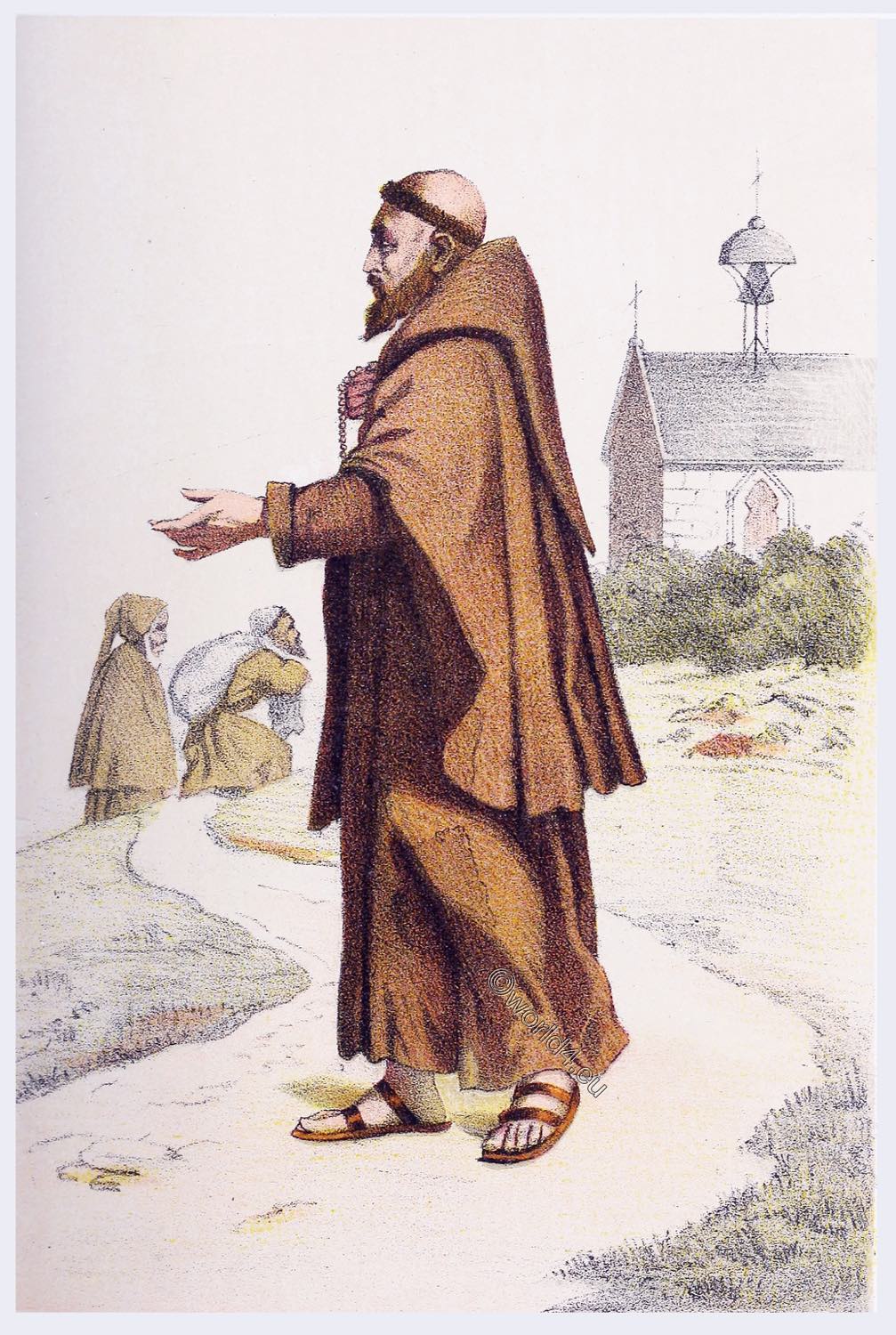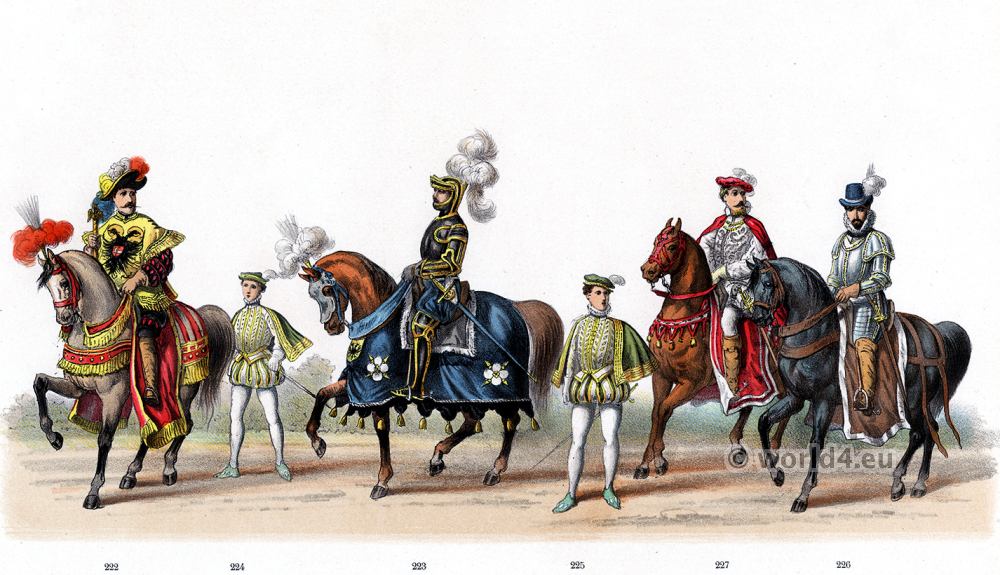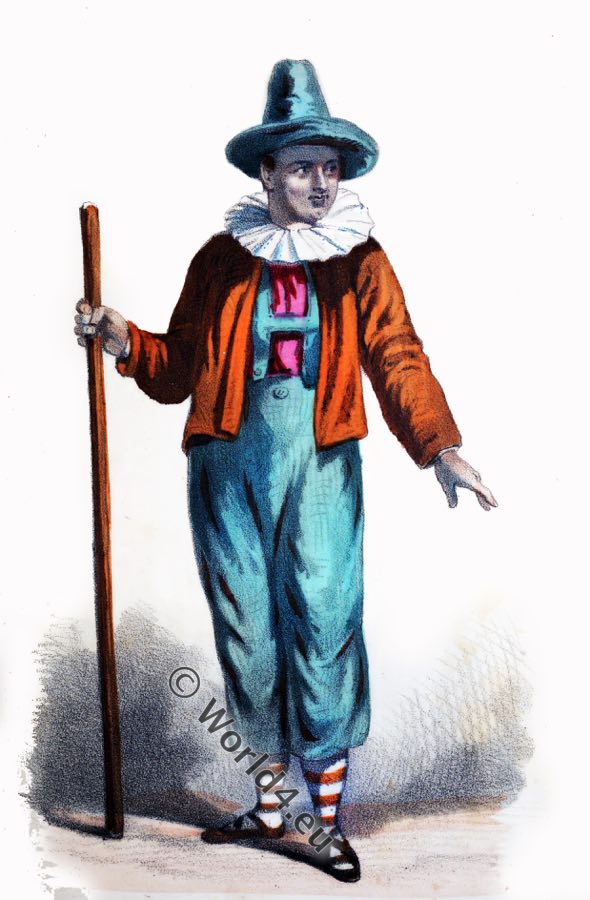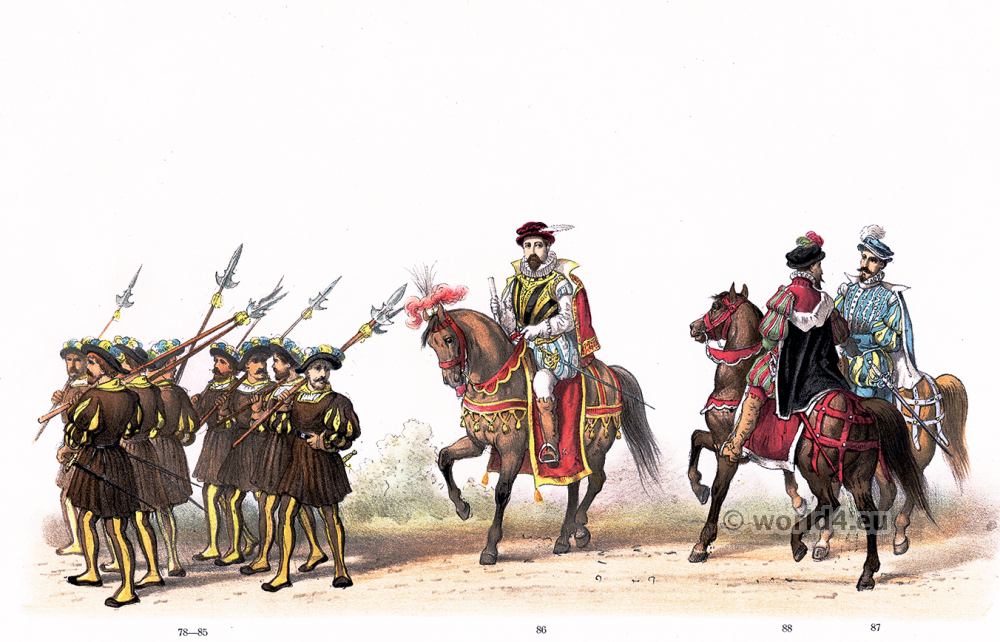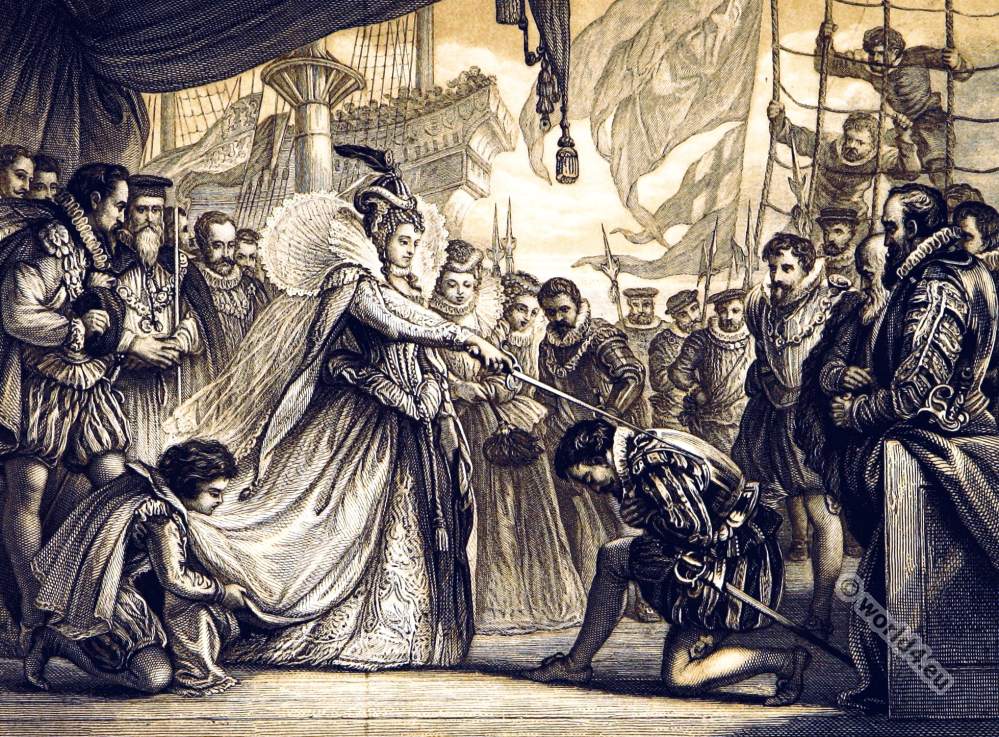AUSTRIA.
THE ORDER OF THE GOLDEN FLEECE.
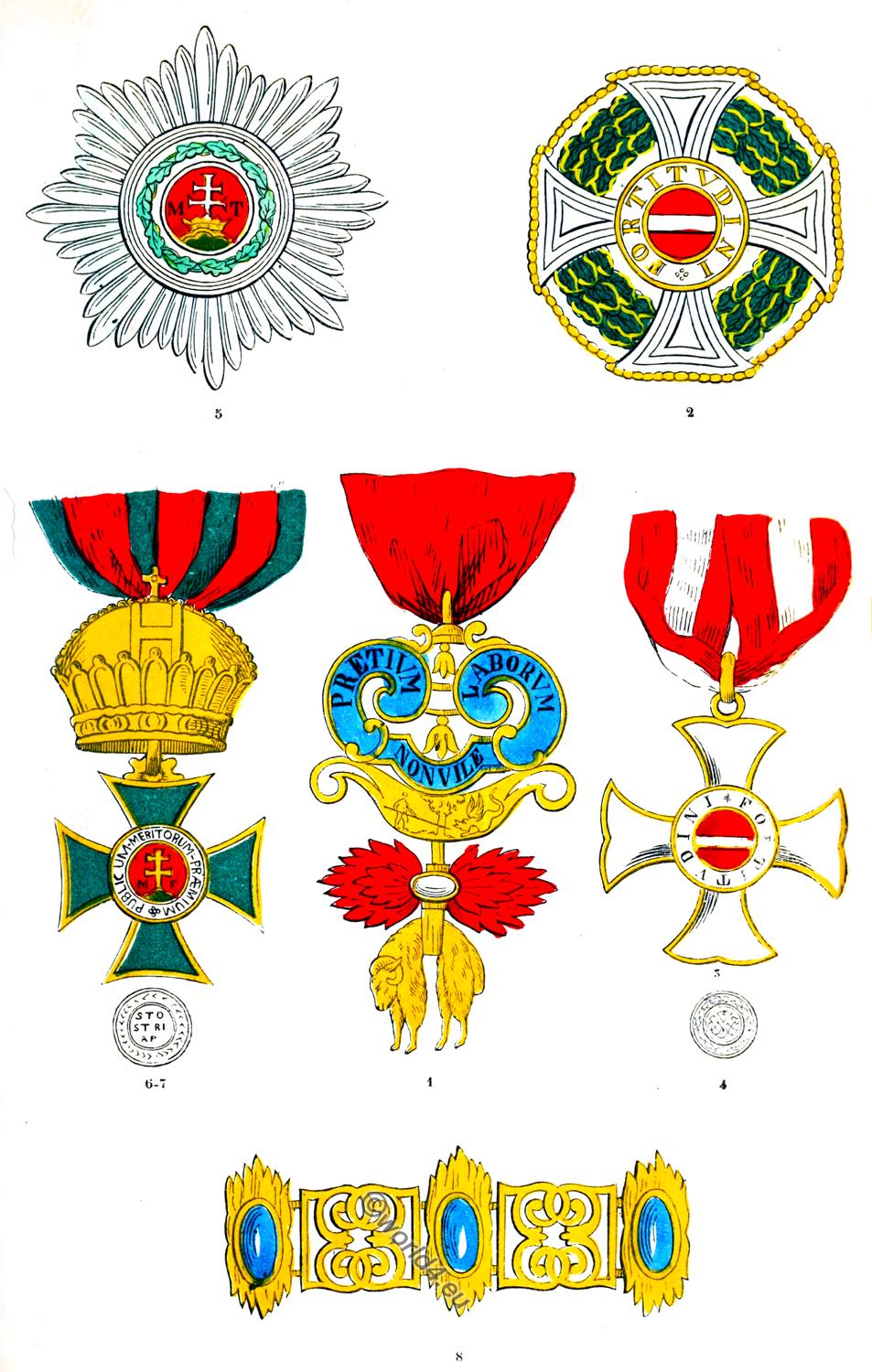
THE ‘Order of the Fleece’ was founded by Philip le Bon (Duke of Burgundy and the Netherlands), on the 1Oth January, 1429, the day of his marriage with the Princess Isabelle of Portugal. The number of the members was originally fixed at thirty-one, including the sovereign, as the head and chief of the institution. They were to be: ‘Gentilshommes de nom et d’armes sans reproche.’ In 1516, Pope Leo X. consented to increase the number to fifty-two, including the head.
After the accession of Charles V., in 1556, the Austro-Spanish, or rather, the Spanish-Dutch line of the house of Austria, remained in possession of the Order. In 1700, the Emperor Charles VI. and King Philip of Spain both laid claim to it. The former, however, on leaving Spain-which he could not maintain by force of arms-took with him to Vienna the archives of the Order, the inauguration of which he solemnized there, in 1713, with vast splendor; but Philip V. of Spain declared himself Grand Master, and formally protested, at the Congress of Cambrai, (1721), against the pretensions of the German Emperor. The dispute, though subsequently settled by the intercession of France, England and Holland, was frequently renewed, until the Order was tacitly introduced into both countries, and it now passes by the respective names of the Spanish or Austrian ‘Order of the Golden Fleece,’ according to the country where it is issued.
The principal provisions of the statutes of the Order, now in force in Austria, are:
- The uncontrolled power of the head to create any number of members, from the Catholic and ancient high nobility of the realm. (If a Protestant, the consent of the Pope must first be obtained).
- The duty of the members to assist the head in war and other perilous situations.
- The prohibition against members entering any foreign sen-ice without special permission.
- By high treason or cowardice in war, the Order to be forfeited.
- All disputes between members to be settled amicably by the Chapter.
The insignia of the Order consist of a Golden Fleece hanging on a’ golden blue-enameled flint stone, emitting flames of fire, and borne, in its turn, by a ray of fire. On the enameled obverse are inscribed the words (from Claudian) ‘Pretium laborum non vile’ (Not a bad reward for labour). (Plate 4. Tab.I. No.1.)
The members were originally enjoined to wear the decoration constantly round the neck by a golden chain, the links of which were equally to consist of fire-stones and rays (Tab.I. No.8). The chain having, however, been found too cumbersome for the wearer, Charles V. allowed the substitution of a red ribbon, by which the insignia may be worn either round the neck, or at the button-hole. At present, it is usually worn round the neck, except on solemn occasions, when the chain is worn over the collar round the neck.
Decorations
The costume of the Knights on particular solemn occasions consists of a long robe of deep red velvet lined with white taffetas, over which is thrown a long mantle of purple velvet, lined with white satin, and richly trimmed with embroidery, containing fire-stones and steels, emitting flames and sparks. On the hem, which is equally of white satin, are repeatedly embroidered in gold, the words, ‘Je l’ay empris’ (I have accepted it-the Order). The original inscription was: ‘Autre n’auray’ (I will have no other-Order), which was, however, substituted by the former phrase, by Charles the Bold, son of the founder. The head is covered by a cap of purple velvet, equally set with gold embroidery, and behind which is attached a little hood. The shoes and stockings are red.
The annual festival of the Order is celebrated at Vienna on St. Andrew’s Day (30th November), or on the following Sunday, when the Emperor and all the Knights, then present at Vienna, repair in procession and full costume to the Court Chapel to hear Divine Service, and thence return to the castle to dine at open table in the ‘Knights’ Saloon.’
The Chapter meets in the Court Chapel every year on the 6th January.
Source: The book of orders of knighthood and decorations of honour of all nations by Sir Bernard Burke. London: Hurst and Blackett, 1858.
Discover more from World4 Costume Culture History
Subscribe to get the latest posts sent to your email.

